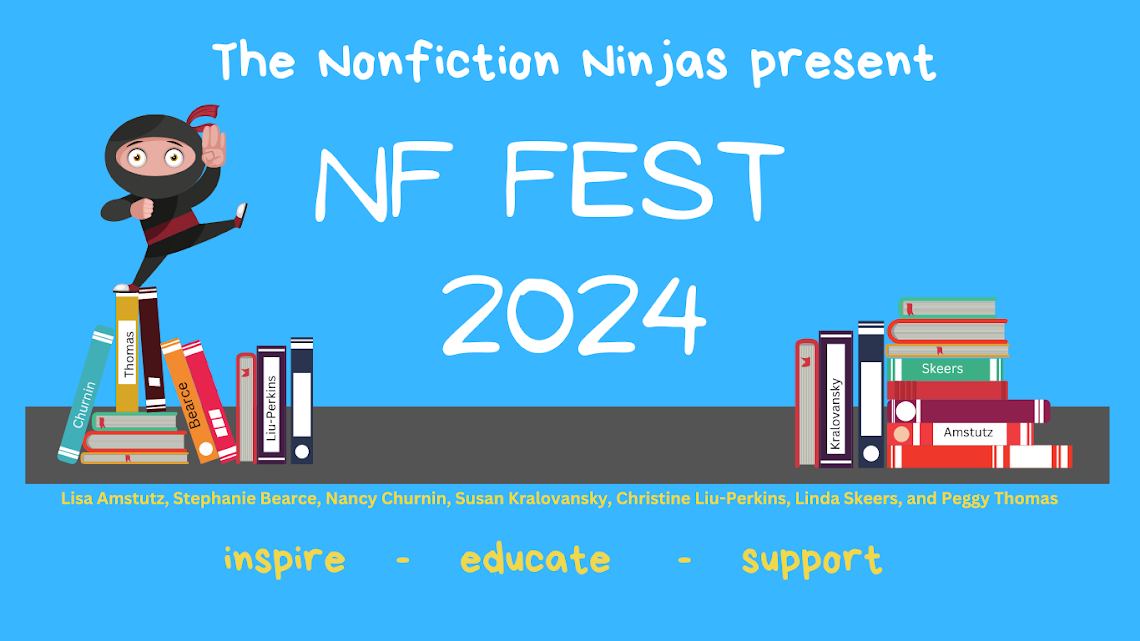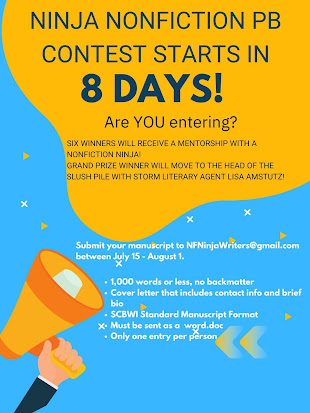By Peggy Thomas
Once you have sold your manuscript, revised, and met editorial approval, you will inevitably get an author questionnaire from the marketing department. I dread filling these out because I usually don’t have the information at my fingertips. Instead, I’m doing google searches for bookstore contact info and slogging through my files to find the last time I was interviewed and by what press. So, I suggest building your marketing toolkit now, so you’ll have all the material in one handy place.
Start with:
1.
Your bio: I have a short one that is about 50
words, one that is around 100 words, and a fuller bio of about 300 words. Most
people request the short one, but be prepared.
2.
A list of honors, awards, or prizes you have
received: for writing, unless you are a champion pole vaulter and your book is a
how-to.
3.
Academic affiliations: Universities or colleges
you attended, degrees and dates.
4.
A list of your books: Also keep a list of any
magazines, newspapers, or journals you’ve written for.
5.
A list of blogs where your work has appeared.
6.
Your digital presence: Are you on Facebook, X,
Instagram? List your account names, which hopefully are the same or similar to
keep you “on brand.”
7.
A list of media contacts: You don’t have to know
a specific person, but list the names and contact details for local newspapers;
television news; regional magazines, etc.
Now comes the tricky part. Marketing departments want to
know who you know. Who might be willing to endorse your book, or write a
blurb? Which “influencers” could help spread the word through social media? This
is where I struggle because I don’t like to bother people. But I know these
folks are vital to a book’s success. So, make a list of your support team.
1.
Author friends. The Ninjas are always
cross-promoting each other.
2.
Experts who helped with research.
3.
The subject’s family if you wrote a biography – Nancy
Churnin says the families are some of her best book cheerleaders.
4.
Teachers and librarians who support your work.
Influencers are people on social media who have a large
following. Look for parents, teachers, librarians, and anyone who may have a special
connection to your subject matter. My new title is a board book about forests,
so I am making a list of parent influencers who have a special interest in nature.
Fueled with this information, the marketing department can reach out, provide a
digital review copy in the hopes that the influencer likes it enough to post a
review, recommend, or host a giveaway.
I am also compiling a list of organizations centered around
trees and forests. According to Tessa Houstoun, marketing manager for Phaidon Press,
she can then ask if they would like to host a giveaway or offer a discount code
to their members.
Last but not least, make a list of holidays related to your subject.
Besides Arbor Day and Earth Day, there is also National Forest Day, National Love
a Tree Day, Plant a Tree Day, International Day of Forests, and National Forest
Product Week.
So, start making your lists, and when that author
questionnaire comes, you’ll wow the marketing department with your PR prowess.
For more ideas on marketing check out Chelsea
Tornetto’s blog post.
Happy Marketing!
Peggy Thomas is happiest with her feet in the soil and her head in the trees, and now after dozens of award-winning books she will finally have a book about soil and another about trees. THE SOIL IN JACKIE'S GARDEN (Feeding Minds Press) and A FAMILY OF TREES: MY FIRST BOOK ABOUT FORESTS (Phaidon Press) will be released in May 2024.



%20(16)%20(1).jpg)


.jpg)





%20(1).png)


%20(9).jpg)

%20(3).jpg)

